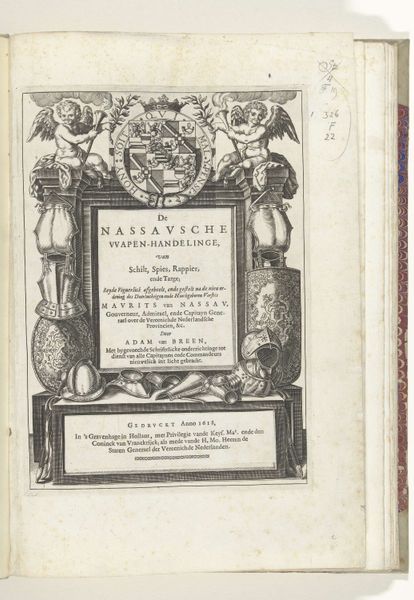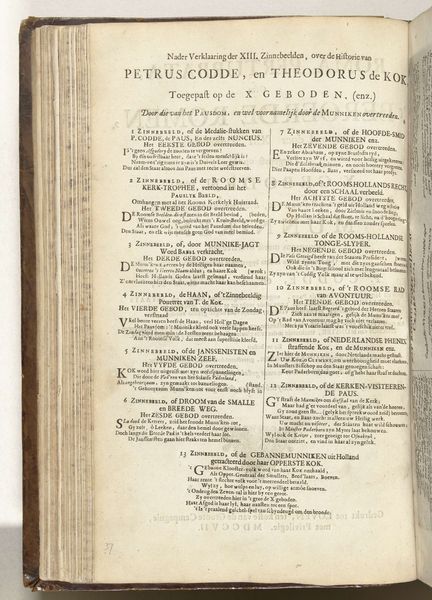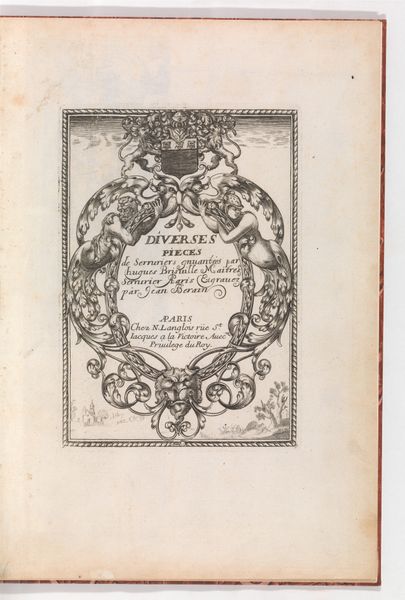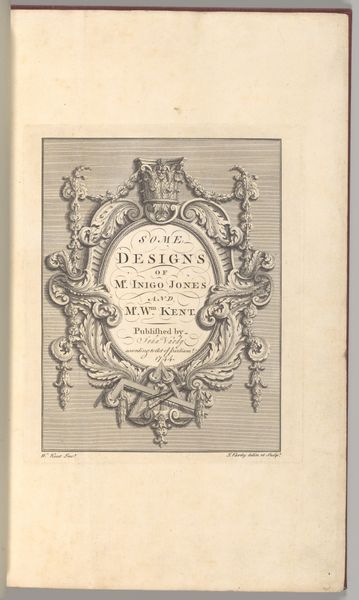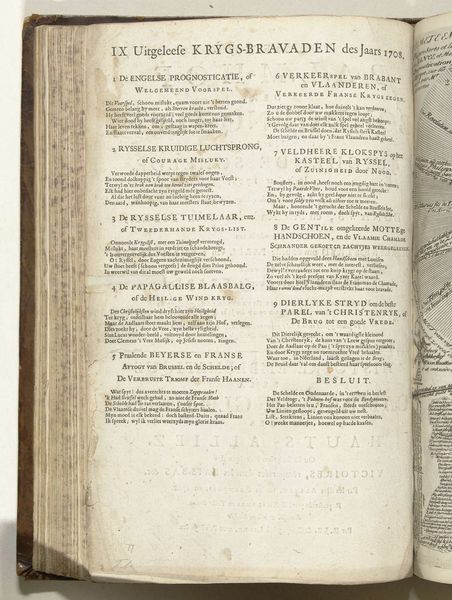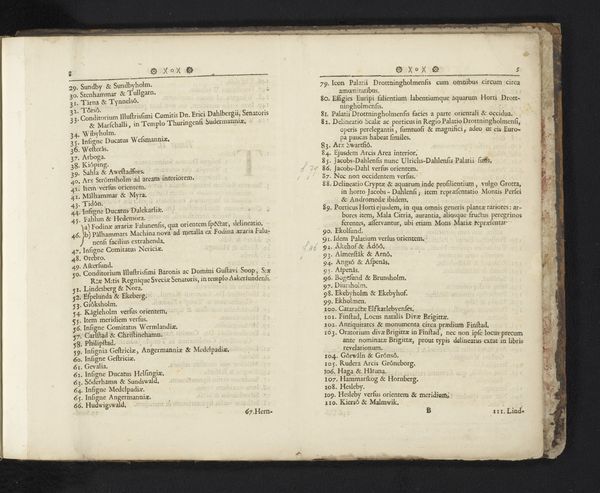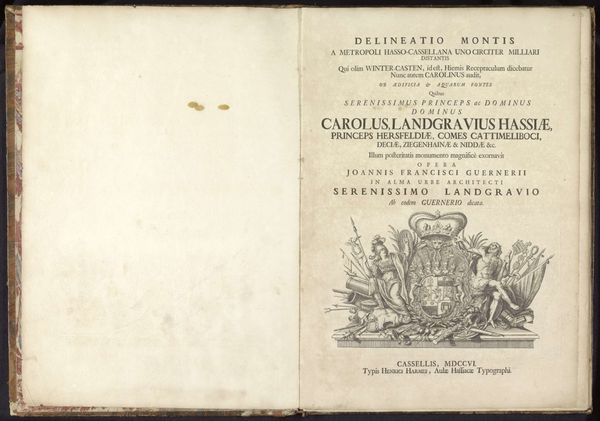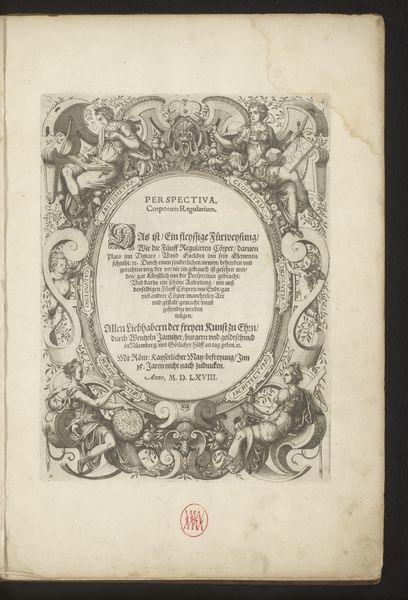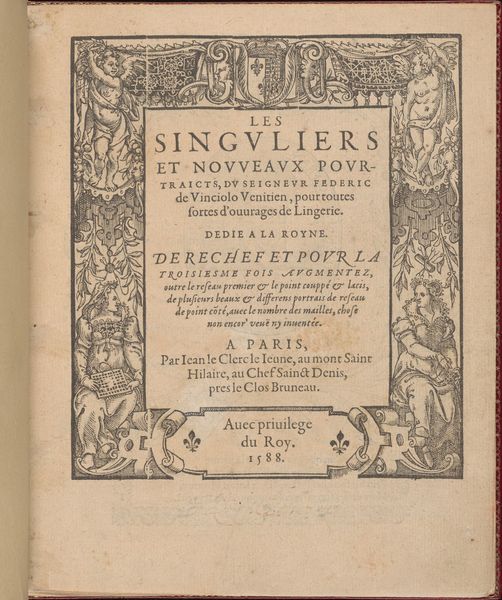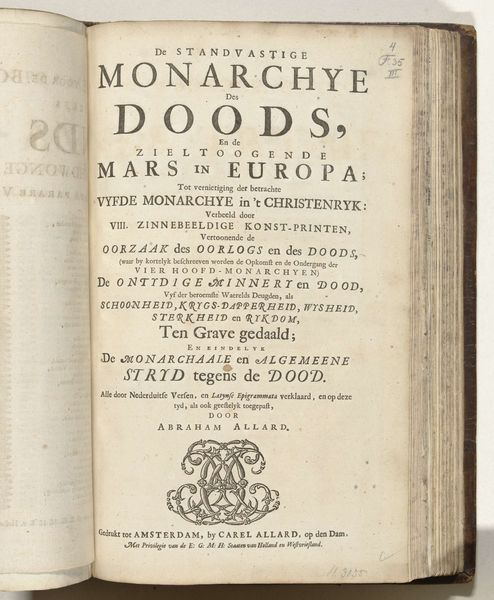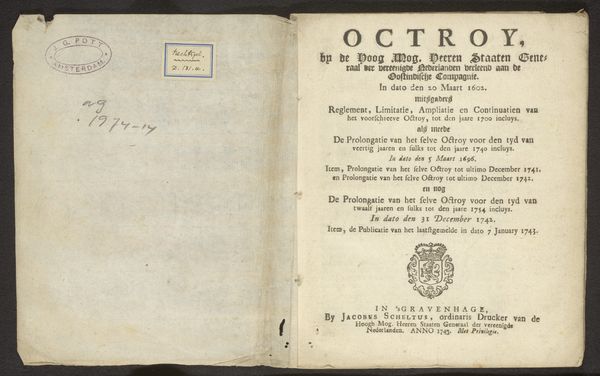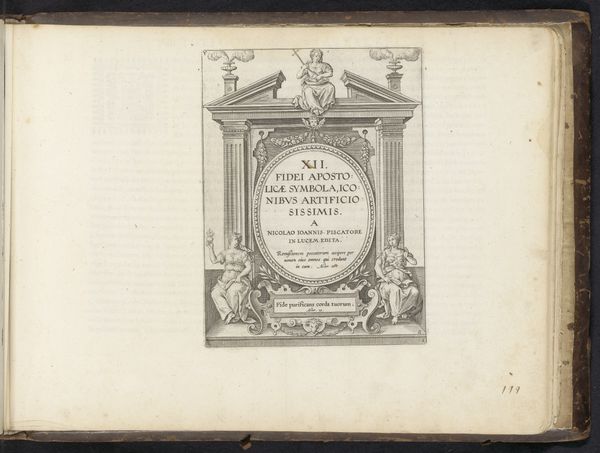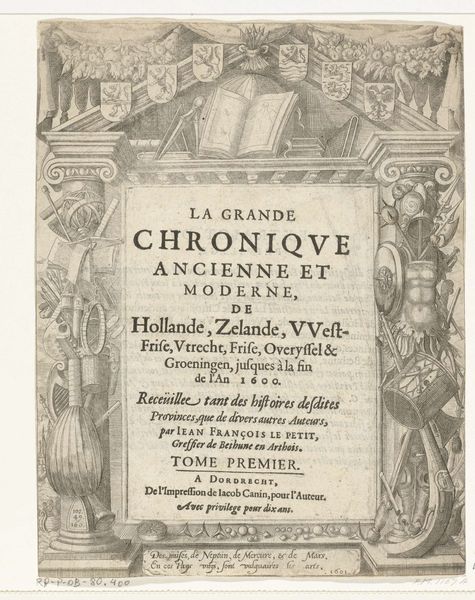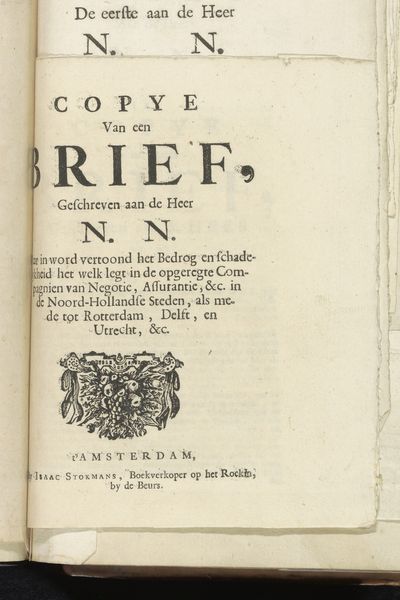
The Gentleman and Cabinet-Maker's Director. Being a Large Collection of the Most Elegant and Useful Designs of Household Furniture in the Gothic, Chinese and Modern Taste 1754
0:00
0:00
drawing, print
#
drawing
#
neoclassicism
# print
#
decorative-art
Dimensions: 17 3/16 x 11 7/16 x 1 3/4 in. (43.7 x 29 x 4.5 cm)
Copyright: Public Domain
Editor: Here we have a page from Thomas Chippendale’s "The Gentleman and Cabinet-Maker’s Director," dating back to 1754. It’s a print showcasing the title and a description of contents. I am immediately struck by how this image, ostensibly advertising furniture designs, reveals so much about the tastes and aspirations of the 18th-century consumer. What stands out to you about this work? Curator: Well, focusing on the material context, we need to understand that this isn't just an aesthetic object; it's a sales catalogue, a tool of production and consumption. It demonstrates how design knowledge was disseminated, transforming the craft of furniture making into a burgeoning industry driven by consumer demand. Editor: That’s a really interesting point. So, beyond the visual appeal of neoclassicism, is this also evidence of shifting socioeconomic forces? Curator: Precisely! Think about the copper-plates it mentions. This points to specific production processes and labor. Consider the supply chains that fueled the demand for furniture with "Gothic, Chinese and Modern Taste." It's a complex network connecting artisans, merchants, and consumers, each playing a part in this material culture. Chippendale isn't just an artist; he’s an entrepreneur operating within a very specific set of economic relations. Editor: So we’re not just looking at aesthetics but also at the social and economic systems that enable its creation and distribution? Curator: Exactly. By studying these material aspects, we can unravel the narratives of labor, trade, and the construction of taste that shaped the world around this catalogue. Editor: I never thought of it quite like that before. It makes me appreciate the layers of meaning embedded in this image. Curator: And that's what studying art through a materialist lens allows us to do, move beyond aesthetics and delve into the socio-economic processes which made this design book possible.
Comments
No comments
Be the first to comment and join the conversation on the ultimate creative platform.
